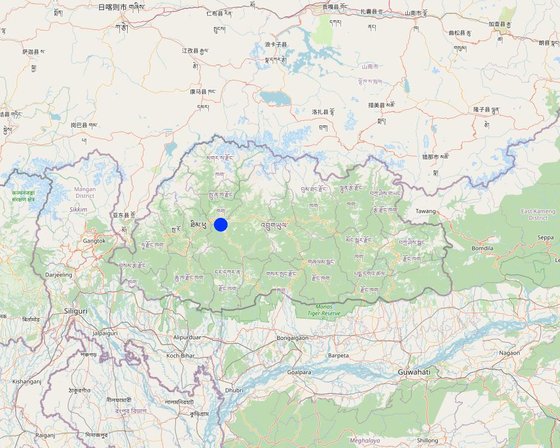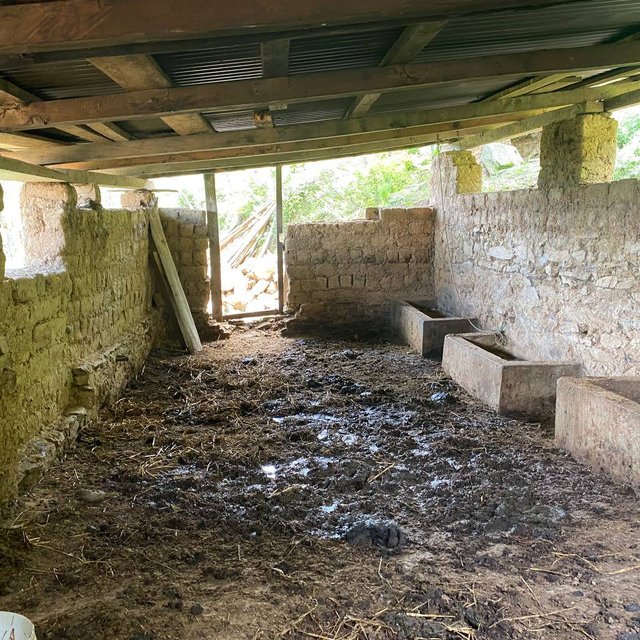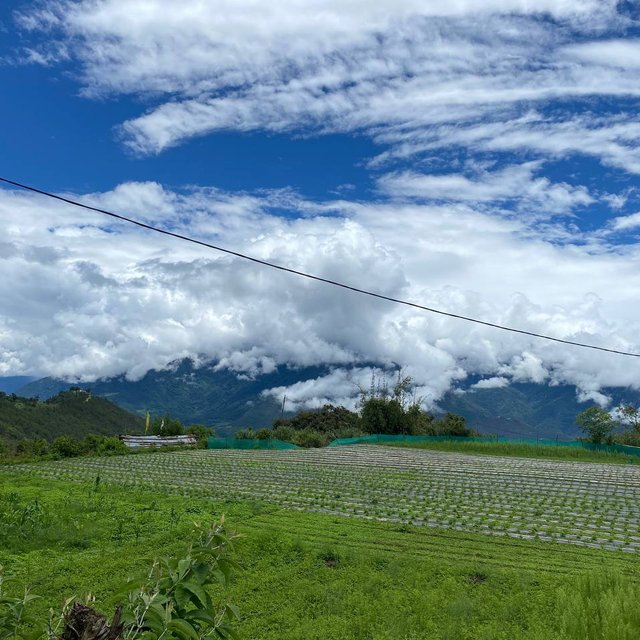



Traditional soil fertility management refers to the practice of improving and maintaining soil fertility using organic amendments, specifically farmyard manure (FYM). Farmyard manure is a mixture of livestock excreta, bedding materials, and other organic wastes accumulated in the farmyard. It is typically left to decompose, or it is composted, before being applied to agricultural fields.
FYM application enhances soil fertility by replenishing essential plant nutrients, improving soil structure and moisture retention, increasing microbial activity, and promoting overall soil health. The organic matter in FYM serves as a nutrient source for plants, while also enhancing the soil's ability to retain water and nutrients, reducing erosion, and promoting beneficial microbial activity (Hossain et al., 2021).
Bhutan, a landlocked country nestled in the eastern Himalayas, has a predominantly agrarian economy. Farming practices in Bhutan often involve smallholder farmers who rely on traditional methods of soil fertility management, including the application of farmyard manure. According to Dorji et al., (2018) traditional soil fertility management through FYM application is very common in Bhutan. The use of FYM helps support sustainable agricultural production in the country.
Soil fertility management through FYM application in Bhutan, is conducted as follows. First and foremost, the collection of farmyard manure is essential, which involves the accumulation of livestock excreta, bedding materials, and organic waste in the farmyard. Then the collected material needs to be properly managed and decomposed through composting to ensure the production of high-quality farmyard manure. Adequate storage facilities for the composted manure should be established to prevent nutrient loss and maintain its quality. Additionally, farmers need to be trained and educated on the proper techniques of FYM application, including the optimal timing, rate, and method of application to maximize its effectiveness. Regular monitoring and assessment of soil fertility parameters are crucial to evaluate the impact of FYM application and make necessary adjustments to the management practices (Wangmo, 2020).
Traditional soil fertility management through FYM application in Bhutan offers numerous benefits and positive impacts as already noted. Furthermore, the use of FYM helps to reduce the dependency on synthetic fertilizers, thereby contributing to sustainable agriculture and minimizing the risk of environmental pollution. Overall, traditional soil fertility management through FYM application supports long-term soil health, sustainable agricultural production, and environmental conservation in Bhutan (Gyeltshen, 2020).

สถานที่: Nahi, Wangdue Phodrang, Bhutan, Bhutan, ภูฏาน
ตำนวนการวิเคราะห์เทคโนโลยี: พื้นที่เดี่ยว
การเผยแพร่ของเทคโนโลยี: กระจายไปอย่างสม่ำเสมอในพื้นที่ (approx. < 0.1 ตร.กม.(10 เฮกตาร์))
In a permanently protected area?: ไม่ใช่
วันที่ในการดำเนินการ: มากกว่า 50 ปี (แบบดั้งเดิม)
ประเภทของการแนะนำ








| ปัจจัยนำเข้า | หน่วย | ปริมาณ | ค่าใช้จ่ายต่อหน่วย (Ngultrum) | ค่าใช้จ่ายทั้งหมดต่อปัจจัยนำเข้า (Ngultrum) | %ของค่าใช้จ่ายที่ก่อให้เกิดขึ้นโดยผู้ใช้ที่ดิน |
| แรงงาน | |||||
| labor | per head | 6.0 | 500.0 | 3000.0 | 100.0 |
| อุปกรณ์ | |||||
| spade | nos. | 2.0 | 100.0 | ||
| pickaxe | nos. | 2.0 | 100.0 | ||
| Crowbar | nos. | 2.0 | 100.0 | ||
| 100.0 | |||||
| 100.0 | |||||
| วัสดุสำหรับก่อสร้าง | |||||
| Wood | nos | 5.0 | 350.0 | 1750.0 | 100.0 |
| CGI sheet | nos. | 22.0 | |||
| cement | kg | 250.0 | |||
| ค่าใช้จ่ายทั้งหมดของการบำรุงรักษาสภาพเทคโนโลยี | 4'750.0 | ||||
| Total costs for maintenance of the Technology in USD | 57.93 | ||||
จำนวนก่อน SLM: less
หลังจาก SLM: production doubled
The application of FYM simplifies land management by improving soil structure, fertility, and health, which in turn promotes better crop growth and reduces the need for external inputs and interventions. Incorporating FYM into agricultural practices contributes to sustainable land management and long-term soil productivity